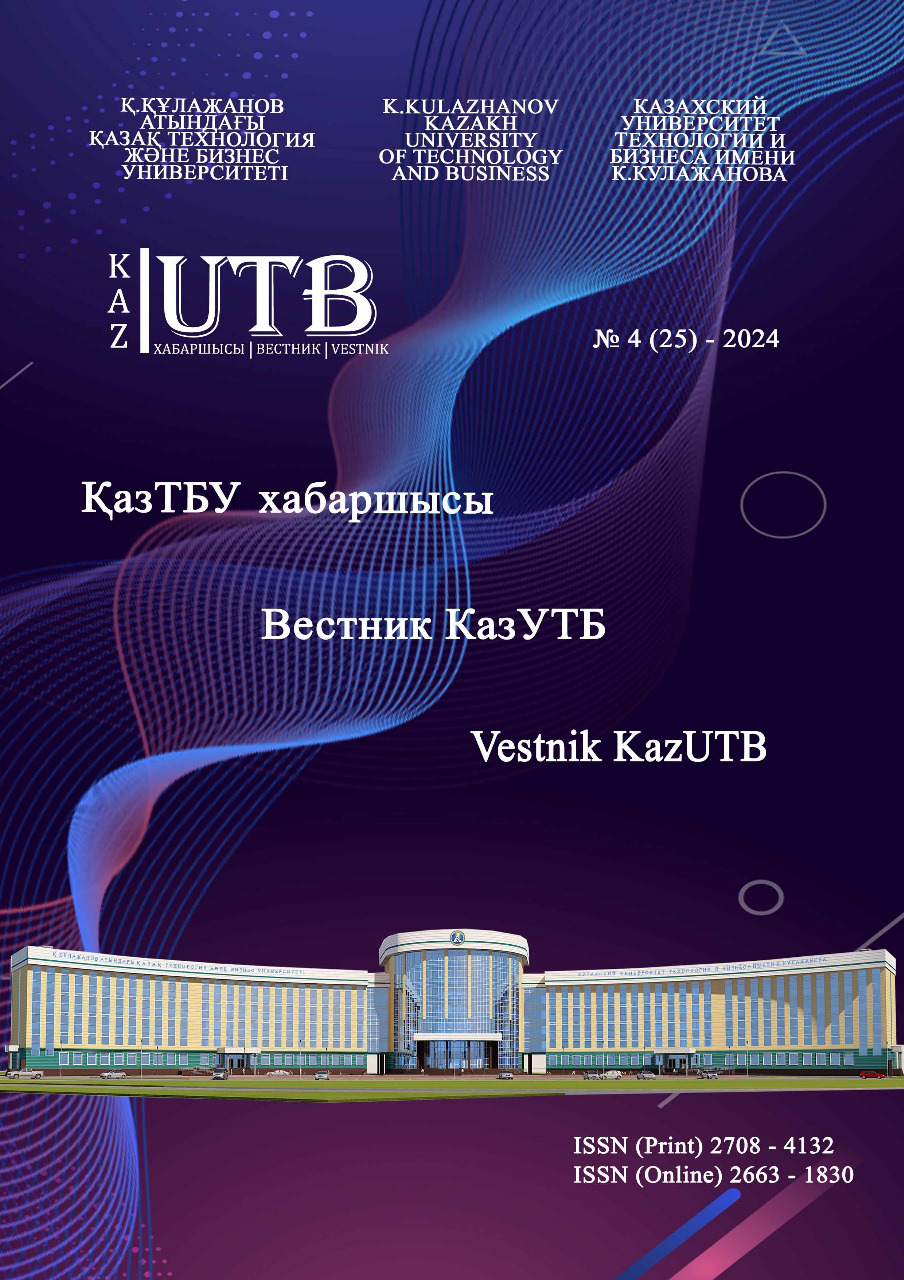Меню


Information and communication and chemical technologies
No. 4 (25) - 2024 / 2024-12-31 / Number of views: 79
STUDY OF SEAWATER DESALINATION BY FORWARD OSMOSIS METHOD
Authors
Keywords
forward osmosis, draw solution, desalination, seawater, osmotic pressure, water flux.
Link to DOI:
How to quote
Kurtibay Қ. ., Kappassuly Ә. ., Zhatkanbayev Е. ., Zhatkanbayeva Ж., Sultankul М. ., Moldagulova Н. ., Ussenova А. ., and Г. . Данлыбаева. “STUDY OF SEAWATER DESALINATION BY FORWARD OSMOSIS METHOD”. Vestnik KazUTB, vol. 4, no. 25, Dec. 2024, doi:10.58805/kazutb.v.4.25-448.
Abstract
The article deals with the methods of desalination of sea salt water by forward osmosis using different draw solutions with high osmotic pressure at different concentrations. The study covers the use of sodium chloride, sucrose and ammonium bicarbonate. Seawater from the Caspian and Mediterranean seas, as well as sodium chloride solutions with concentrations corresponding to the salinity of seawater were used as starting solutions.
The experimental results confirmed a direct correlation between the concentration of the draw solution and the water flow. High concentration of the draw solution leads to an increase in osmotic pressure, which favours an increase in water flux through the membrane. The maximum water flux was recorded on the first day of the experiment. Using sodium chloride at concentrations of 9%, 18% and 25% for Mediterranean desalination, the water flux through the membrane was 20.29 l·m⁻²·h⁻¹, 55.7 l·m⁻²·h⁻¹ and 81.12 l·m⁻²·h⁻¹, respectively. Compared to reverse osmosis, which has a capacity of 7.5 l·m⁻²·h⁻¹/kPa, the forward osmosis method shows a significant advantage. The volume of pure water obtained at concentrations of 9%, 18% and 25% was 272 cm³, 647 cm³ and 741 cm³ respectively. Thus, it can be concluded that as the mass concentration of sodium chloride solution increases, the volume of pure water obtained also increases with increasing mass concentration of sodium chloride solution used as a draw solution. In desalination of Caspian Sea water, the maximum water flux with 25% draw solution was reached on the first day of the experiment and was 91.0 l·m⁻²·h⁻¹, the volume of pure water after regeneration was 579 cm³. Experiments with sucrose showed that the water flux increased with increasing concentration of extraction solution, the maximum water flux reached 31.33 l·m⁻²·h⁻¹ when 70% sucrose was used. The volume of pure water after regeneration was 105 cm³. The method of seawater desalination using ammonium bicarbonate proved to be the most effective and economically feasible, providing a maximum water flux of 71.5 l·m⁻²·h⁻¹ at a draw solution concentration of 3.846 mol/l. Water regeneration was carried out by thermal treatment of the solution in the temperature range of 36-70 °C, and 556 cm³ of pure water was obtained, not including the volume of water used for solution preparation.
The results obtained confirm the significant potential of forward osmosis for effective desalination of saline water, which is important for solving the problem of access to clean water in the world, including Kazakhstan.



